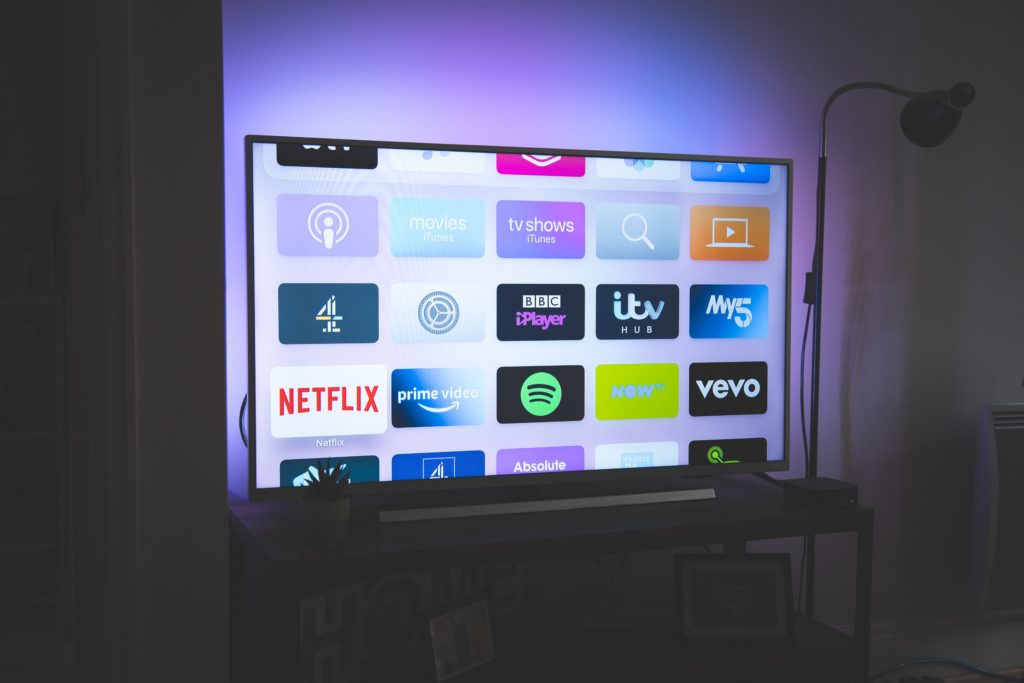
Like most things in our world, 2020 upended what we thought we knew in the media world and created a whole new dynamic in media consumption in 2021. Local trends tend to be different than what we see nationally, so we’re taking a look at the Pittsburgh designated market area’s data, which includes most of western Pennsylvania and a little bit of West Virginia, Ohio, and Maryland. The following trends are based on several sources but most of the data is collected from the Nielsen Scarborough survey in the area. The latest available survey is January through June 2020, so it’s split between pre-pandemic and, well, pandemic.
Broadcast and cable become more relevant for younger audiences.
Gen Z and Millennials are well known to watch significantly less traditional television than their older counterparts but have been spending more time watching broadcast and cable tv since COVID began. This is likely because they’re spending more time at home and looking for fresh content. They’re already heavy consumers of streaming and social platforms, so it’s possible that they’ve found earlier seasons of shows like, for example, Grey’s Anatomy, which is still running new episodes and they are now watching this newer content. The younger side of this audience increased viewership specifically in the Primetime and Late News categories, while the older range has watched more across all dayparts.
Everyone loves streaming video. Especially older folks.
Streaming video has increased across all age groups since last year, with the highest increases among middle-age audiences (between the ages of 40-69 years old). Some of this cohort had held off on streaming, perhaps due to the technology learning curve or cost associated. During the pandemic, many services have increased their deals and offers, which may have also contributed to this increase. Like with the younger audience feeling as though they’ve watched everything Netflix has to offer, older audiences are also starting to feel they’ve exhausted their entertainment options, but with traditional TV instead.
Bonus fact: Audio streaming, including Apple Music, Spotify, iHeartRadio, and SiriusXM also saw an increase in usage among the 40-59-year-olds.
News consumption significantly increased across the board
You’re sick of hearing it, and we’re sick of saying it, but 2020 was truly unprecedented in every imaginable way. Not only did we have a global pandemic involving a brand-new virus to deal with, but we also saw an uprising of anti-racism activists following the murder of George Floyd. Add a contentious election season into the mix, and you can see why consumption of local and national news skyrocketed. Viewership increased on CNN and Fox News, with AM talk radio growing among 50-69-year-olds.
Pinterest gets a boost from a stay-at-home culture
Pinterest, a haven for recipes, home project ideas, DIY, and learning support for homeschoolers grew significantly with the 30-69-year-old range. Similarly, TV networks such as Cooking, HGTV, DIY, and Food Network all saw similar growth in viewership.
Fewer people commuting means fewer people listening to the radio.
Understandably, with fewer people commuting to the office on a daily basis, radio listening time declined drastically, especially among younger audiences. This decline correlates with the rise in streaming apps during this time period. We’re very interested to see how this trend changes course if going into the office becomes normal again.
Miscellaneous Trends
Several cornerstones of the media world saw less traffic than usual, including Craigslist (which is most likely associated with users shifting over to Facebook Marketplace), Groupon, and Instagram. Groupon has had to scramble over the past year to make up for the fact that people aren’t able to go out to eat or for entertainment the way they used to, while TikTok is picking off some of Instagram’s audience.
Another interesting statistic we found was that ESPN saw a significant decline in viewership as a cable network, but also saw a lot of growth with audiences under 60 on their app and website.
So, those are the trends we’ve found regarding this really, really weird time we’re in. We’ll keep you posted with any updates to these trends we find in the next Nielsen Scarborough survey, which is due to be released in May 2021.






![Supplier-Diverse-logo[80] Supplier-Diverse-logo[80]](https://hoffmannmurtaugh.com/wp-content/uploads/elementor/thumbs/Supplier-Diverse-logo80-q1aarjz0bfmhzi7ttv7rocd5wxiwta6bizbjwmiync.png)